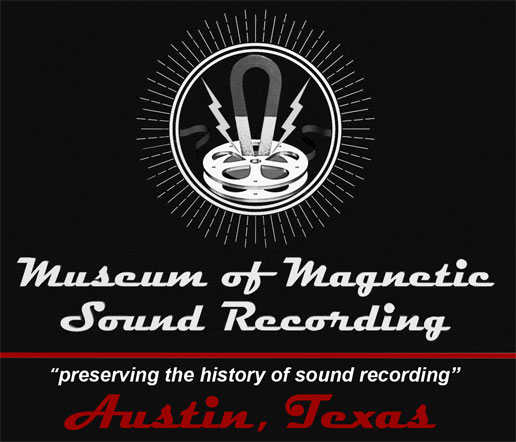Review of the Mitsubishi X-80
Article from ProSound
RETRO REVIEW Mitsubishi X-80 Open Reel Digital Recorder
09.01.1999
Over the past 18 years I have recorded no less than 60 albums on the Mitsubishi X-80 and I always love the way it sounds. Designed by audiophile Kunimaro Tanaka, the X-80 is totally discrete, Class A solid state. Passive filters with a corner frequency of 25 kHz and huge high-quality input and output transformers are part of the reason this machine sounds good.
I recently mastered a project that was recorded directly to the X-80 in 1983 (see The High End, p. 118). Sonically, the X-80 holds up to any of the new 24-bit PCM systems. The actual A/D and D/A converters were made by Analogic and are built into large metal enclosures mounted directly onto the PC boards, next to the passive filter enclosures. The filters contain lots of inductors to get the kind of slope required for anti-aliasing.
Features/In use
The X-80 is designed to look and feel like an analog recorder, with a heavy-duty, die cast transport, oversized reel and capstan motors and disc brakes. The electronics for the transport are mounted in a card cage below the deck, while the analog and PCM electronics are housed in a separate chassis.
The transport and the electronics are interconnected by four locking multipin cables. Balanced XLR connectors interface the X-80 with the outside world while a pair of RCAs are provided for additional unbalanced pretransformer outputs.
Two large VU meters let you look at the RMS level while peak reading LEDs show the absolute digital level (red is over). Both input and output levels are controlled by precision stepped attenuators (not pots). A four-position interlocking push-button switches input, EE (A/D, D/A), reproduce and analog (for scrubbing). Input can be compared with EE or Repro while recording, which is a nice feature that few products have today. A headphone jack with level control also lives on this same front panel.
Razorblade editing required the use of white cotton gloves because oil from fingers was said to contaminate the tape. I worked without the gloves but washed my hands frequently. A vertical spice was made using a 1/4" editing block. Special thin-based splicing tape was applied, then trimmed with a razor blade.
Leaving a small space between the two edited pieces of recording tape was necessary so the X-80 would recognize this as an edit and do an electronic crossfade over the splice. Technically, the spices worked most of the time, but if they glitched, you had to take the spice apart and put it back together with slightly different spacing. This is a part of the X-80 I was glad to see go away as workstation editing came on the scene.
Summary
The X-80 made the transition from analog to digital quite easily, as it behaved like its analog counterpart without the noise, wow and flutter. - See more
A Glance Back
Vital Statistics: Two-channel open reel digital recorder
Description: Stationary head, 10.5" reels, 1/4" tape, 1 hour recording time at 15 ips
Key Features: Razor-blade editing; analog track for scrubbing; SMPTE track for timecode editing; read after write playback head monitoring
Specs: 16 bit linear; 50.4 kHz sampling frequency; greater than 90 dB dynamic range; frequency response 20 Hz to 20 kHz +.5 dB; -1 dB; distortion less than .05%
Original Release Date: 1981
Last reissued: 1986
How many sold: approximately 200 worldwide.
Price at release: $5,000
Weight: 165 lb.
Usage: Two Channel Mastering recorder
Chief Designer: Kunimaro Tanaka
Article from ProSound

